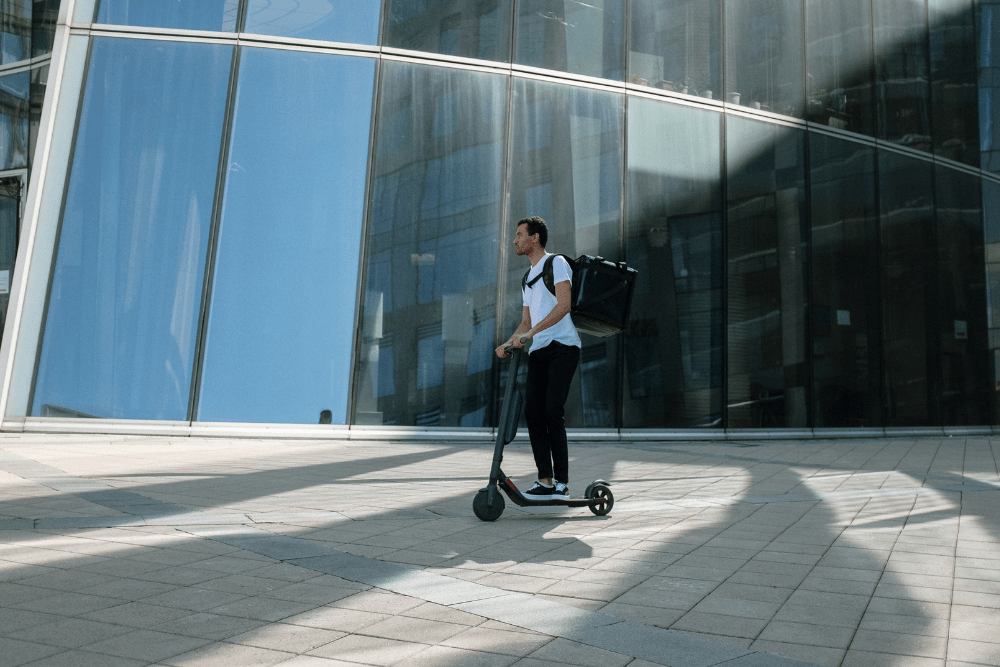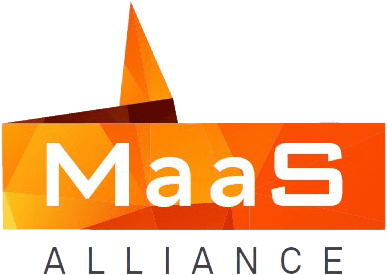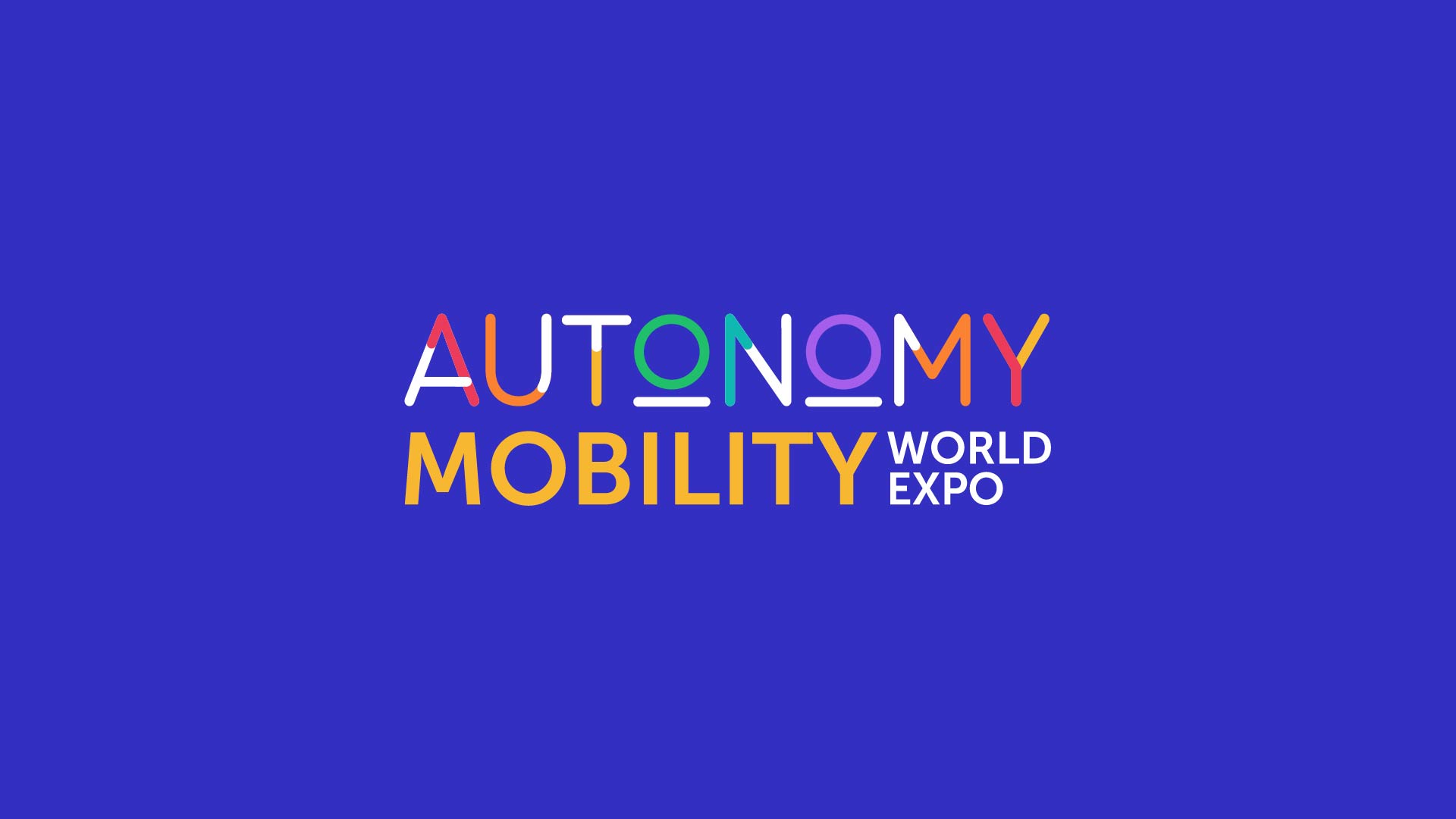
The emergence of mobility concepts
Before the digital revolution and user-centric approach, the concept of accessible, new forms of transportation was the future vision of what life could be like. With the rapid growth of technology, mobile devices, enhanced battery capacities, wide Internet connection, investments in new unexplored forms of service delivery, and quick social adaptation in the last ten years, we have witnessed a remarkable transformation.
Raising enthusiasm boosted consumption and proved that rapid adaptation is possible and widely accepted. New economic models have begun to consider sharing concepts and value the tangible benefits of such solutions. In a sharing economy, unused assets such as parked cars and extra bedrooms can be rented out. We transferred from owning to renting. And this concept was widely approved first by Uber users moved to other transport areas offering new possibilities. In the Alternative Journal article, ‘Ours is Better than Yours’, Ray Tumulty (2014) describes the sharing economy as a clearly urban phenomenon. To achieve economies of scale for shared economy services, satisfactory population density is required. Moreover, these services are seen as an extra option, not a replacement for traditional sectors. Ridesharing is used along with public transportation in cities.
With the growing success of rented items and services, new transportation options have come to the market. The mobility concept grew to form a comprehensive ecosystem offering numerous moving variants, such as city bikes, electric scooters, car rides, ticket purchasing options, city traffic monitoring, planning the most convenient route, parking options, integrated payments, and available charging options for ‘e’ users. All are available in real-time from the mobile app on one’s phone. This progress developed Mobility as a service that covers a wide range of mobility services available on the market. Its integral part becomes a shared economy providing extra value for participants.
On a high level, the MaaS ecosystem includes transport infrastructure, transportation services, transport information, and payment services. Within the ecosystem, the common objective is to deliver a seamless mobility experience and transportation network improvement by utilizing the benefits of each service – public and private. Besides, other participants such as local authorities or data administration companies can collaborate to smooth the operation of the services and improve their profitability.
MaaS as a definition is described as

What is ‘e’ all about?
We are an integral part of the following global transformation, where alternative fuels and green energy takes charge. The concept explained above has been extended with ‘e’ – a possibility to travel in an eco-friendly way, where ‘e’ stands for electric solutions.
Electric Mobility as a service combines Mobility as a Service (MaaS), Electric Mobility Systems (EMS), and Shared Electric Mobility Services (SEMS) [2]. As a concept, eMaaS operates upon MaaS, where the last one became one of the complementary components. With that defined, all MaaS participants become, as a consequence, eMaaS attendees. Providing they offer electric mobility solutions.
Electric Mobility System (EMS) covers technologies (batteries, charging technologies, drivetrains, and EVs), infrastructure (physical and organizational of charging stations, electricity grid, information and communication technology), and users (manufacturers, suppliers, end-users, service providers, governments, and agents).
Shared Electric Mobility Services’ (SEMS) applies to a new economy implementation. Instead of ownership, there is an on-a-need basis share connected by the technology with users and providers. SEMS replies to the environmental, social, financial, and transportation-related benefits that had already been correlated to e-mobility and shared mobility practice connecting both. Five business approaches are proposed:
- Membership-based (e.g. e-bike sharing, e-car sharing, e-ridesharing, e-ride hailing, e-scooter sharing, e-bus sharing),
- Peer-to-Peer(e.g. e-car sharing, e-bike sharing, e-scooter sharing),
- Non-membership-based (e.g. e-car rental, e-limousine rental),
- For-hire (e.g. e-car/bike/scooter sharing, e-ridesharing e-carpooling),
- Mass transit systems (e.g. e-Public Transport, autonomous airport shuttles).
As a part of a broader concept, combined with two other components MaaS & EMS, together provides multiple eco-friendly transportation possibilities. Successful implementation of such a concept requires multi-level support, well-designed system architecture, and an extensive network in public structures.
User-centric approach
The user-centric approach will always be foreground. It applies to the development of the widely recognized concept of e-mobility as a service. There are accessible payment methods for single ticket purchasing, subscriptions, well-developed charging networks, and various means of transport access. At each stage of the proposition should be declared value.
We are still in the early stages of what could be called e-Mobility as a service. Most customer journeys are under development, and achieving overall flow is still in its infancy. There is much research to be done, but there is room for the necessary general approaches. To achieve success and remain successful in this growing market, each of the participants should remember the needs and behaviour of the end-customers – have in mind that ½ users are likely to bail on service or purchase because of a single bad experience.
Technology changed the way people consume goods and services. With handy devices, ¾ of consumers expect the service within five minutes from the initial contact. The same share wants ‘the simple experience’. From all players, customers expect immediate action, personalization, and convenience. This requires a broader view focusing on journeys, touchpoints, and a framework for further expansion.
Source: Piotr Majcher at Solid Studio



